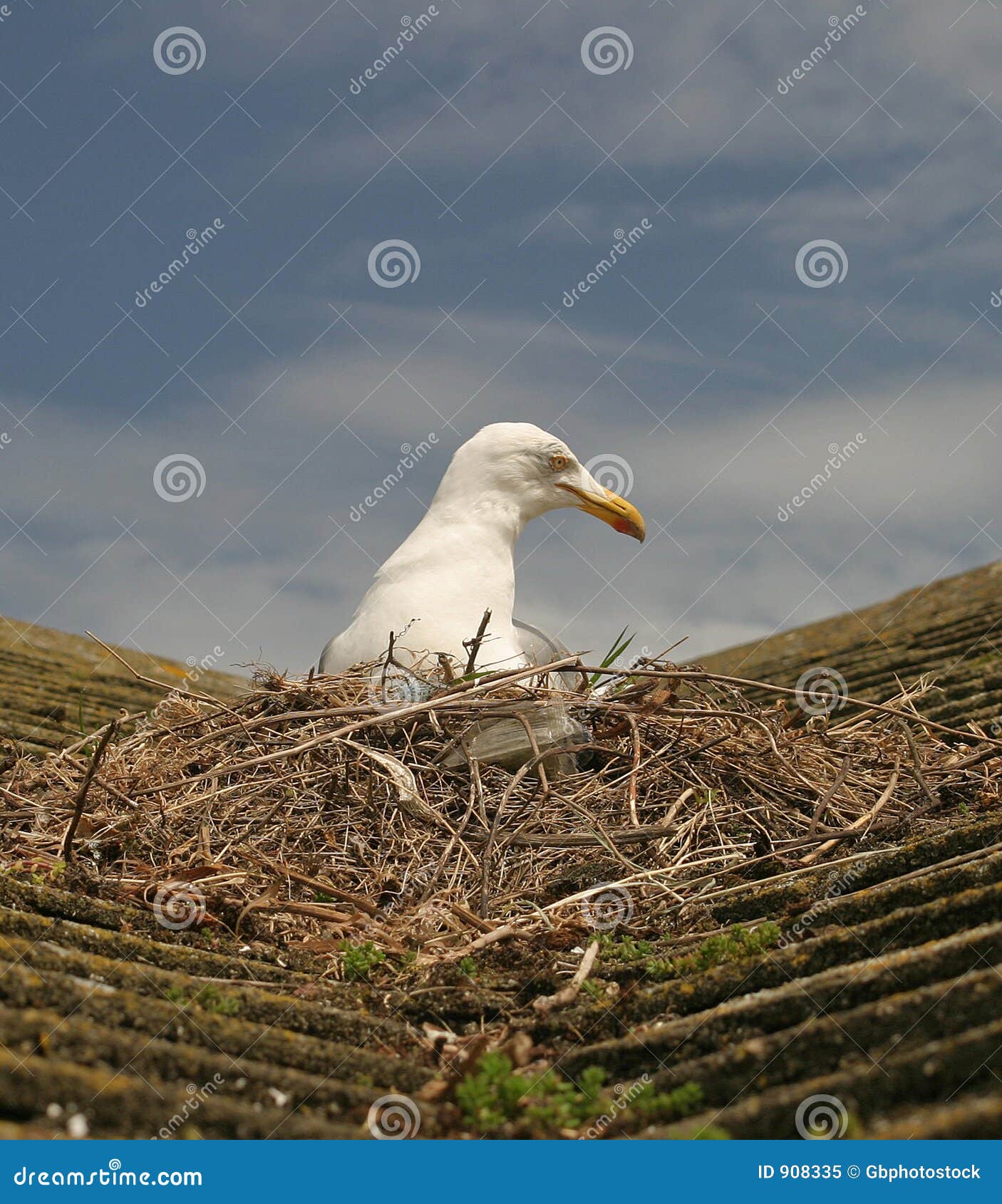Birds nesting in the roof is a common issue affecting houses and commercial properties across the uk.
Seagulls nesting on roof uk.
So you can get nests cropping up in all.
Once a gull has nested they will return each year to the same area unless they are prevented access.
Rooftops are an ideal replacement to replace their natural nesting habitat and urban areas often inadvertently provide a regular food source.
Although this can be a pesky problem for owners and tenants the decline in natural nesting sites has meant that roofs have become a safe retreat for species of conservation concern.
The lesser black backed gull population has also declined in recent years.
Having birds perching and nesting on your roof can create a myriad of problems from the aforementioned noise to the mess that they cause by carrying debris and nesting through to the inevitable droppings that they leave behind.
All birds their nest and eggs are protected by the wildlife countryside act 1981 and it is thus an offence to damage or destroy an active nest or prevent parent birds access to their nests.
Check your roof regularly and remove any nests or debris that is building up.
But keep in mind that this period is.
Although numbers of roof nesting gulls especially lesser black backed gulls are still increasing the overall population of herring gulls is plummeting making them a red list species.
Urban gulls can be a particular nuisance or threat during this time.
But now birds have a new place to nest and that is within the buildings we create.
Lesser black backed gulls may also nest on roofs in the.
In the case of birds such as the barn owl that are listed on schedule 1 of the act it is an offence even to disturb the birds when at or near the nest.
These droppings are as with all faeces highly toxic and potentially harmful to us and its understandable that rather than dealing with the.
The uk s herring gulls and lesser black backed gulls tend to be those which nest on roofs.
May to july is prime gull nesting season and during this period they can be quite noisy which is an understandable annoyance if they ve chosen a roof near you.
Manmade structures such as our homes are a perfect nesting place for birds.
Other species of gulls like kittiwakes tend to be ledge nesters.
For billions of years birds have used the natural environment to nest and it has obviously been a success what with 10 000 known bird species in the world.

